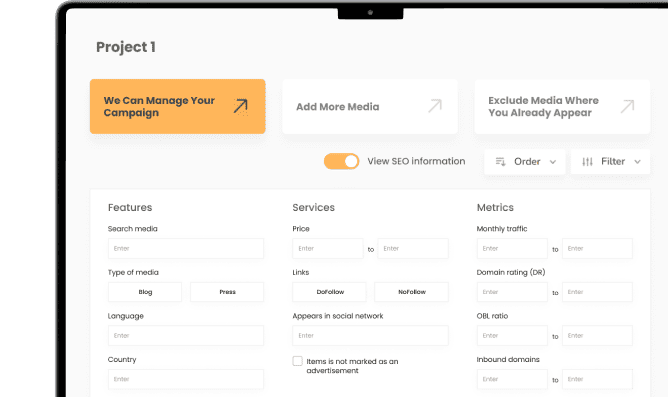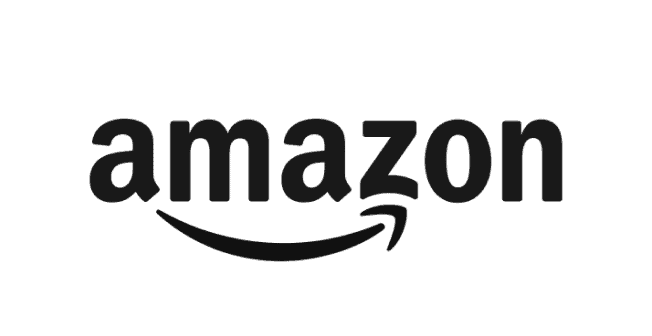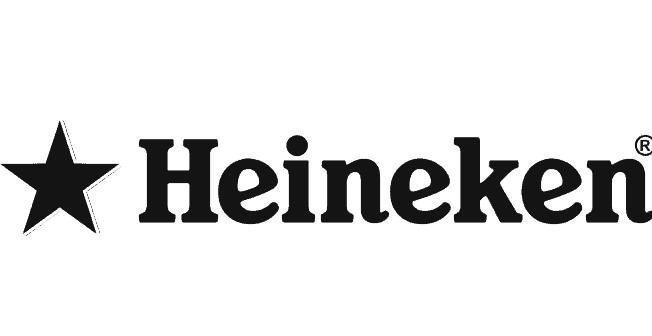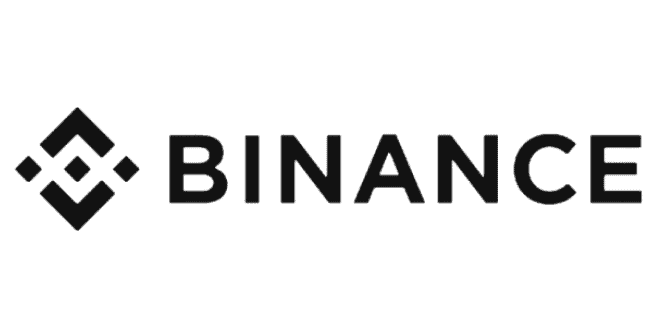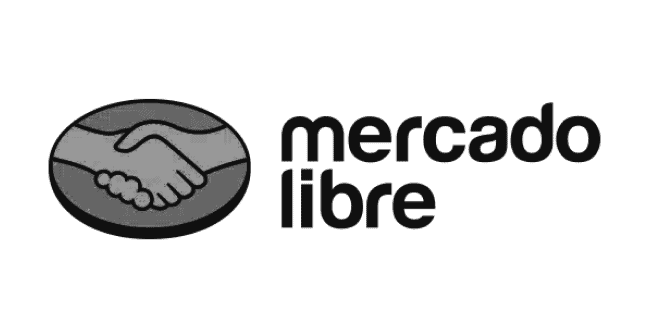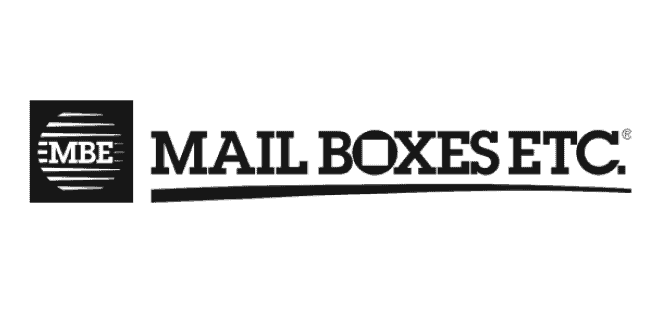Within the SEO universe, link building remains one of the strongest pillars for building authority, improving rankings, and increasing organic traffic. However, a key aspect is often neglected: the health and validity of the backlinks you’ve already earned. Over time, it’s common for some of these links to stop working, either because they were deleted, modified, or due to technical errors.
In this guide, we’ll talk about how to detect and recover broken or lost backlinks—a highly underused strategy with huge potential to improve your website’s visibility. You’ll learn what these links are, how they occur, why recovering them is so important, what tools you can use to find them, and how to decide which ones are worth restoring.

What are broken links?
A broken link is a link that originally pointed to a page on your website but no longer works properly. Typically, these links lead users to an error page (such as a 404), redirect to an incorrect URL, or no longer exist in the content that once contained them. Technically, they’re still backlinks, but they no longer provide value or authority—and in some cases, they can even harm you.
There are different types of broken links:
- Broken inbound links: These come from other websites to yours but point to a URL that no longer exists or returns an error.
- Broken outbound links: These are links on your website pointing to external sources that are no longer available.
- Broken internal links: These connect pages within your own site and may fail after a content restructure or deletion.
In this article, we’ll focus mainly on broken inbound links, as they’re a crucial part of the backlink profile in any off-page SEO strategy.
Why is it important to recover them?
Recovering broken links should be a priority in any SEO maintenance strategy. It’s not just about “rescuing links,” but about recovering part of the authority, relevance, and traffic you had already earned. Here’s why they’re so valuable:
1. Lost authority
Google values backlinks as signals of trust. When a link no longer correctly points to your site, you lose part of the PageRank that link was passing. If it’s a link from an authoritative domain, the loss can be significant. Over time, the accumulation of broken links can weaken your link profile and negatively affect your rankings.
2. Missed traffic
Many broken backlinks still receive clicks from users. If those clicks lead to a 404 error, you’re losing potential visitors who could have converted, subscribed, or simply spent more time on your site.
3. Technical SEO and user experience
An excess of 404 errors or broken links—internal or external—is a bad signal for search engines. Plus, it harms the user experience when visitors encounter dead ends. This can increase bounce rates and reduce time on site, both of which impact SEO as well.
4. Quick wins without new content
Unlike other SEO actions that require weeks of work, recovering broken backlinks is one of the most effective and fastest actions you can take: the intent to link to you already existed—you just need to restore the value of that link.
How do broken links appear?
Broken links can appear for many reasons—either on your end or from external sites linking to you. Understanding how and why they occur is key to preventing the issue from recurring and choosing the best solution.
Common causes from your own site:
- URL changes without redirects: One of the most common mistakes. For example, if you change a URL slug from
/best-seo-pluginsto/seo-plugins-2024without setting up a 301 redirect, all links pointing to the old URL will break. - Content deletion: When you delete articles or pages without checking if they received backlinks from external sites.
- Category restructuring: Often, reorganizing your site’s architecture (e.g., moving a post from
/blog/seo/guideto/seo/guide) can break link paths if not redirected correctly. - Errors during migrations or redesigns: It’s common to lose access paths to old content or change slugs during these processes without proper control.
External causes:
- Content updates: The site linking to you may have edited their content and removed your link unintentionally.
- Page restructuring or deletion: If the linking domain reorganizes or removes sections, your link could disappear in the process.
- External site is down: Sometimes the linking domain is no longer active or has changed ownership.
Understanding these causes helps you develop better internal and external practices to prevent unnecessary losses.
The best tools to detect broken links
There are several tools that allow you to find broken links quickly and accurately. Some are free, others paid, but the important thing is to use at least one regularly to audit your backlink profile.
Ahrefs
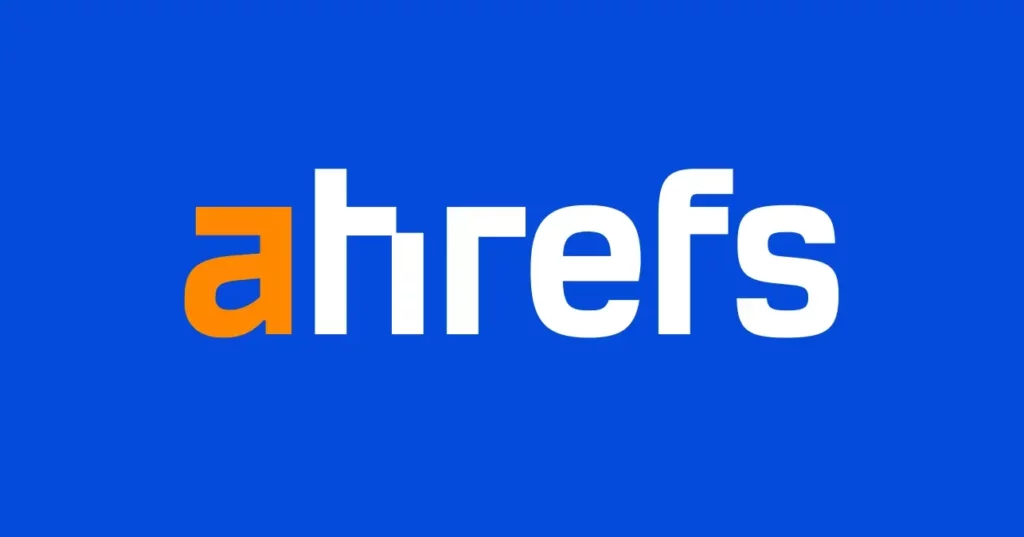
Ahrefs is a top SEO tool and one of the most complete for link analysis. Its broken link detection feature is within Site Explorer, where you can review broken backlinks pointing to your site or a competitor’s. Ahrefs shows anchor text, source URL, and the broken target URL, helping you make quick, informed decisions. It also offers alerts and ongoing tracking so nothing slips by.
SEMrush
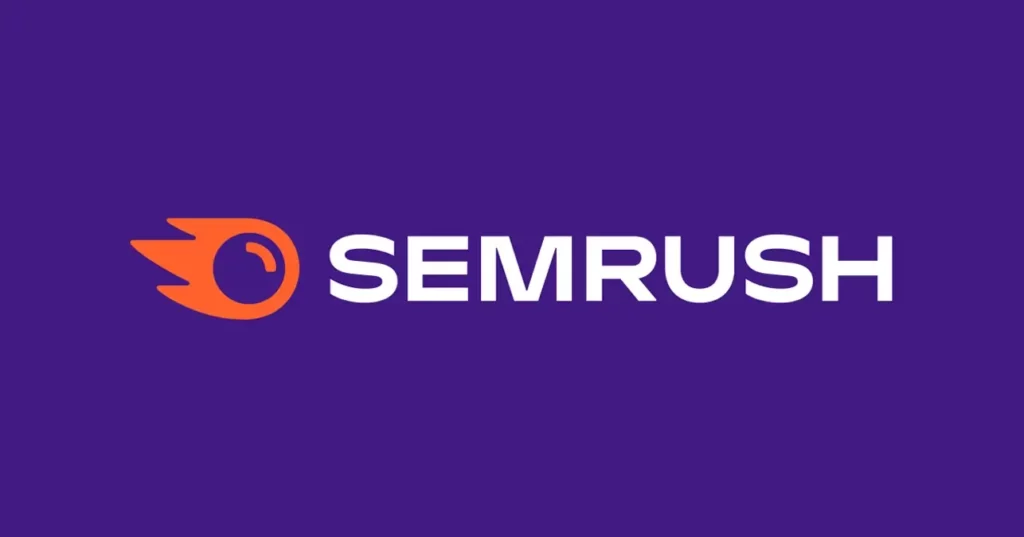
With its Site Audit feature, SEMrush automatically crawls your site and detects critical issues, including broken external links. The dashboard shows which links are broken, which pages they’re on, how frequently they appear, and the error type. This makes it a useful long-term tool for keeping your site clean and optimized. You can also schedule audits and receive automatic alerts, ideal for maintaining technical health on frequently updated sites.
Sistrix
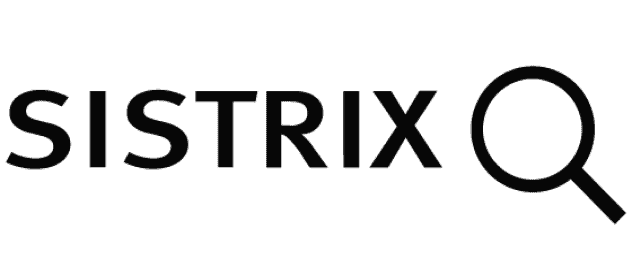
Sistrix is highly focused on visibility and SEO performance analysis but also includes useful features to detect broken external links—especially for competitive analysis. You can see backlinks pointing to non-existent pages and easily filter broken ones. It’s particularly helpful for monitoring link performance over time and spotting drops due to technical issues.
Google Search Console

Although not specifically designed to find broken links, Google Search Console is a free and direct source of valuable data. In the Coverage section or within Experience reports, you can find errors related to URLs Google can’t crawl. If those URLs used to have backlinks, you’re losing authority without realizing it. You can also see exactly which pages returned 404 errors or redirects, which may indicate broken links that other sites are still trying to follow.
Screaming Frog
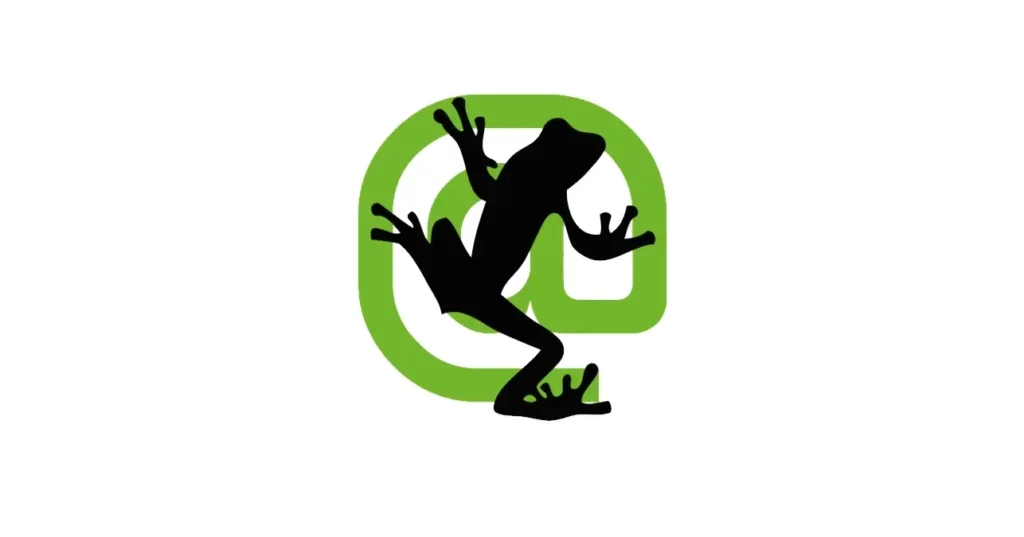
This desktop tool is ideal for complete technical audits. Screaming Frog SEO Spider crawls all pages on a site and detects broken links—both internal and external—showing error codes like 404, 500, or misconfigured redirects. You can export and filter results easily to prioritize critical errors. Although the free version is limited to 500 URLs, the paid version is essential for large projects or agencies. It also integrates with Google Analytics and Search Console to enrich crawl data.
Should we recover all links?
The short answer is no. Not all broken links are worth recovering—this is where strategic judgment comes in.
When is it worth recovering a link?
- The referring domain has medium or high authority (DA/DR > 30).
- The content is thematically related to your niche.
- The link has good context within the article.
- The link could generate organic traffic.
- The link pointed to a relevant and useful page.
When can you ignore a link?
- The referring domain is irrelevant or low-quality.
- It’s an auto-generated link (e.g., scrapers, low-quality aggregators).
- The original content no longer exists, and you can’t contact the webmaster.
- The link’s context was weak or added no real value.
What to do with the links you do want to recover
When you identify broken links that used to point to your site—especially from authoritative domains—you’re looking at a valuable opportunity you shouldn’t miss. Recovering them can help you regain SEO authority, traffic, and visibility, but it requires a strategic approach. Here’s what to do to make the most of those lost links:
Identify the original target URL
First, understand which page the link originally pointed to. Use the tools mentioned above to check the anchor text, source page, and broken destination URL. This gives you context about the intent behind the link and whether it makes sense to recover it as-is or if an alternative is needed.
Restore the original URL if viable
If the page is still useful or can be reactivated without issues, the simplest way to recover the link is to republish the same URL—either restoring the original content or creating new content that satisfies the same search intent. This preserves authority and maintains consistency with the original link.
Redirect with 301 if the URL shouldn’t exist anymore
If it doesn’t make sense to restore the original URL (e.g., it was for a discontinued product or an outdated post), the best option is to set up a 301 redirect to a relevant and current page on your site. This passes some of the broken link’s authority and avoids completely losing SEO value.
Create a new equivalent piece of content
If the original content is gone but you can create something new with similar value—do it! Then reach out to the site that linked to your broken page and suggest replacing the broken link with the new resource. This works especially well with editorial articles or guides, as editors usually appreciate being notified of errors in their content.
Monitor and Maintain Your Recovered Links
Once you have restored or redirected important links, don’t forget to monitor them regularly. You can set up alerts to make sure they don’t break again in the future. Proactive link management is key to maintaining the technical health of your site.
Broken links are an inevitable part of any long-term SEO strategy, but that doesn’t mean you should ignore them. Detecting and recovering them is a high-impact tactic, especially if you’ve already invested time and resources in getting quality links.
Through the smart use of tools like Ahrefs, SEMrush and Google Search Console, you can identify these missing links, analyze their importance and decide how to act. Whether through redirects or direct contact, recovering broken links is an efficient and cost-effective way to improve your backlink profile and rankings.

